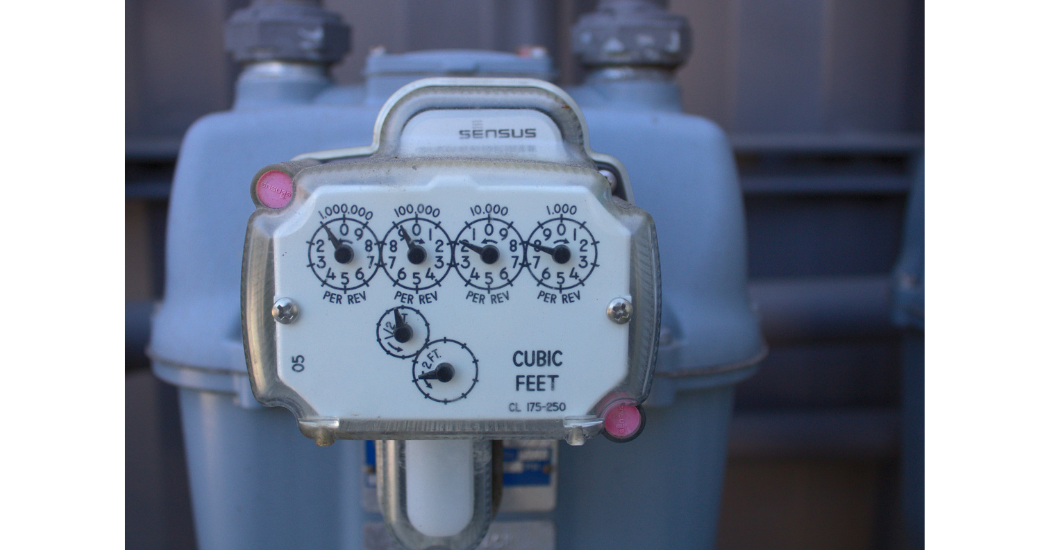A meter pump is vital for manufacturing operations. It plays a role in pharmaceuticals, raw materials, and food and beverage industries. Numerous applications and machines require specific, controlled fluid distribution.
Smart and automated manufacturing advancements have made meter pumps increasingly more versatile and varied in design and function, making it more exciting to discover the ideal piece for your industry. Learn more about the most relevant considerations before investing in a meter pump.
1. Pump’s Application
Most products or purposes have different volumetric flow needs, which is why so many meter pumps exist. The industry is expected to continue growing, passing $8.2 billion by 2027. Before starting your search, you should know precisely what applications you need a meter pump for and practice informed decision-making.
The complexity of these machines comes with numerous specs to juggle, including:
- Temperature regulation
- Pressure during fluid release
- Flow
- Liquid’s viscosity
- Manual or electronic system
When efficiency is a primary concern amongst manufacturers, measuring specs against the impact on output is a delicate balance. A low-flow application could use a centrifugal pump, while positive displacement pumps, like diaphragm pumps, leverage pressure for power.
2. Safety Features
Meter pumps harbor a few safety concerns, and leaks are one of them because of the hazardous fluids they carry. High-pressure designs could make this more complex. A diaphragm meter pump is an improvement on other models because of its leak-proof design, increasing the safety of operators. Peristaltic pumps ensure that high-viscosity liquids never interact with the mechanisms.
The power behind meter pumps also provides wear and tear in a short time frame. That pressure leads to further safety concerns if the design isn’t prepared to deal with that intensity. Defining the pump’s application hones the search, but being particular about safety features can narrow the list further. It’s essential to remember this, especially for pumps destined to withstand extreme conditions such as freezing temperatures.
3. Type for the Cost
There are diaphragm, peristaltic and piston-driven pumps, among numerous others. Each has its pros and cons based on application and cost. Additionally, buyers should consider maintenance costs alongside upfront investments, especially if the meter pump goes through higher pressures and more significant product volumes.
What pump type will save companies the most by being least likely to waste product? Which ones will promise less downtime? Ultimately, the cost is more than the initial unit because technologies like these influence many other financial matters in a production process.
Another cost consideration is if you splurge on a pump with variable speed drives (VSDs). Instead of running at a constant speed, the meter pump could adapt to save energy and resources.
Getting the Most out of a Meter Pump
Meter pumps are invaluable tools that help distribute all kinds of materials. Whether it’s perfume or oil, meter pumps are the cornerstone for safe and efficient applications for industry workers. Choosing the right pump is an opportunity to improve operations and reflect on how tech can help with procedural updates.
Read more articles from Emily Newton.




